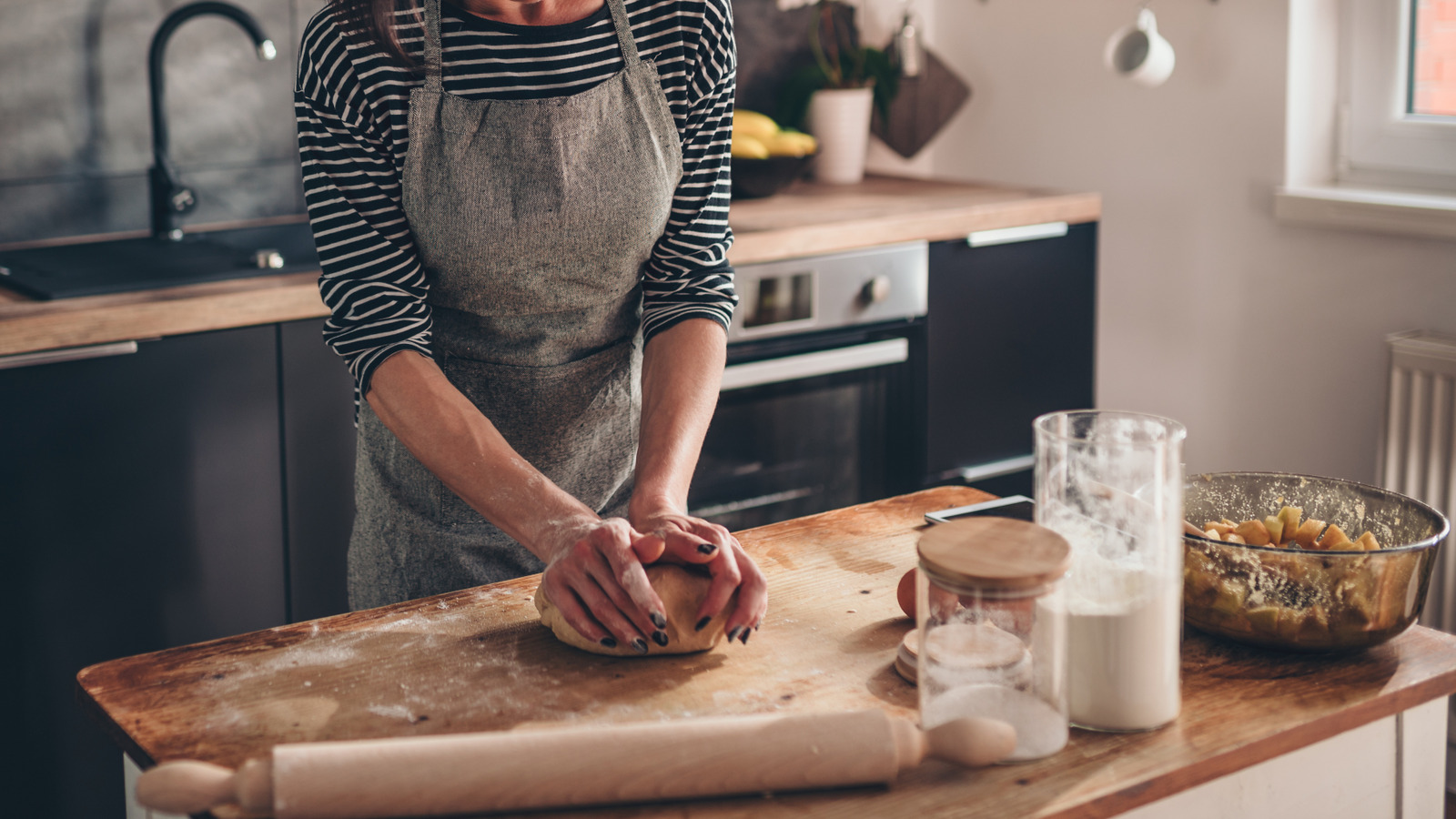Two commonly used baking techniques you may be familiar with are kneading and mixing. Though, it is not always common knowledge how exactly each should be utilized when it comes to dough-making specifically. Mixing often precludes kneading, but the process of either can be quite tedious to master — making it important to pay mind to your recipe’s particular requirements. Baking is generally quite scientific, so it makes sense that mixing and kneading often exist as a step-by-step process toward a larger recipe. Either are quite similar in that they are temperamental and require attention to detail, and both kneading and mixing can be prone to disastrous results if the process is overdone. Whether it’s a pizza dough or an intricately scored sourdough loaf — you’ll need to make note of the contrasts between these dough making steps.
The two are ultimately related but entirely different. The chemical steps which instigate bread-making begin with the mixing step, as this creates the opportunity for flour and water to join forces, kickstarting the beginning of the gluten-forming process. Kneading ensures the thorough integration of all necessary components, primarily flour, yeast, and water — which create an environment for gluten to form. This happens by physically manipulating the dough with your hands, allowing these complex glutenous webs to form tangible networks which directly affect the quality of your dough once baked.
Mixing is a necessity, kneading isn’t always required
Mixing is a delicate process of combining dry and wet ingredients into what you’d typically consider the dough, pre-knead. This series of steps often carefully includes measuring and weighing your components, with step-by-step introduction of each new element to the overall mixture. This is usually where kneading comes into play, manipulating the mixture to assist with the development of gluten structures which give your baked goods those lovely crispy on the outside, soft on the inside characteristics.
It’s a misconception that you have to knead your bread in order to assist with proper gluten development, creating an expertly fluffy end result. There are actually many no-knead recipes where the process begins and ends with the mixing step, forgoing kneading altogether in order to let time do its job. Patience becomes key so as not to rush your dough before it’s ready to bake and therefore risk ruining your hard work.
Over-mixing increases the chances of dough rising improperly, affecting qualities like crispiness, fluffiness, and density all in one sweeping mistake. Over-handled dough becomes undesirably dense, lacking air bubbles which allow a fluffy final product, unable to rise due to a disruption in gluten structures which are formed by the proper amount of kneading. Regardless of recipe, these two important skills will boost your creative capacities in the kitchen, and the output of well-proofed baked goods — just be sure not to overdo it.






